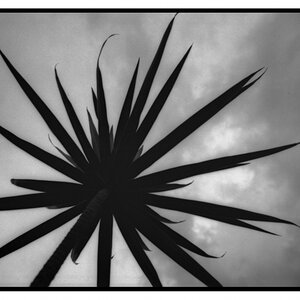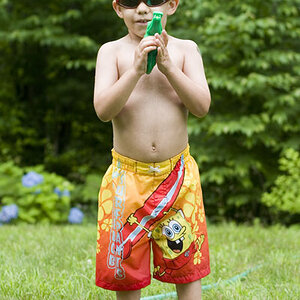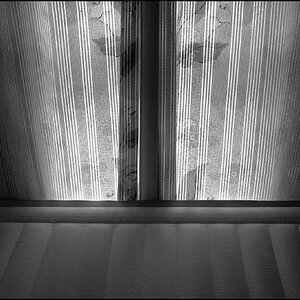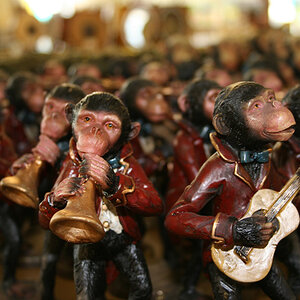- Joined
- Jul 3, 2004
- Messages
- 3,714
- Reaction score
- 531
- Location
- Here N There
- Website
- img24.photobucket.com
Do you guys use the "Sharpen" tool for your photos?
So I've almost never use it before I switched to digital. Every time I scan my negatives, I just take it as it is in terms of sharpeness. I take it that I am using negative so the scanning may be a little off, and that I am using older lens so it may not be as crisp as the new and expensive ones.
Then I switched to digital and got a relatively not-ancient lens, the 20~35mm AF-D F2.8. I am still not getting those ridiculous eye ball-slicing shots! So I took one of my test shots into photoshop and applied the sharpen tool and wondered, "hmmm, is that why?"
Am I not doing something right with the way I take my photos or am I just the last one on earth to know about this unspoken secret?
So I've almost never use it before I switched to digital. Every time I scan my negatives, I just take it as it is in terms of sharpeness. I take it that I am using negative so the scanning may be a little off, and that I am using older lens so it may not be as crisp as the new and expensive ones.
Then I switched to digital and got a relatively not-ancient lens, the 20~35mm AF-D F2.8. I am still not getting those ridiculous eye ball-slicing shots! So I took one of my test shots into photoshop and applied the sharpen tool and wondered, "hmmm, is that why?"
Am I not doing something right with the way I take my photos or am I just the last one on earth to know about this unspoken secret?












![[No title]](/data/xfmg/thumbnail/31/31978-02cde49248ebdf1b82fba5c899e08378.jpg?1619735136)
